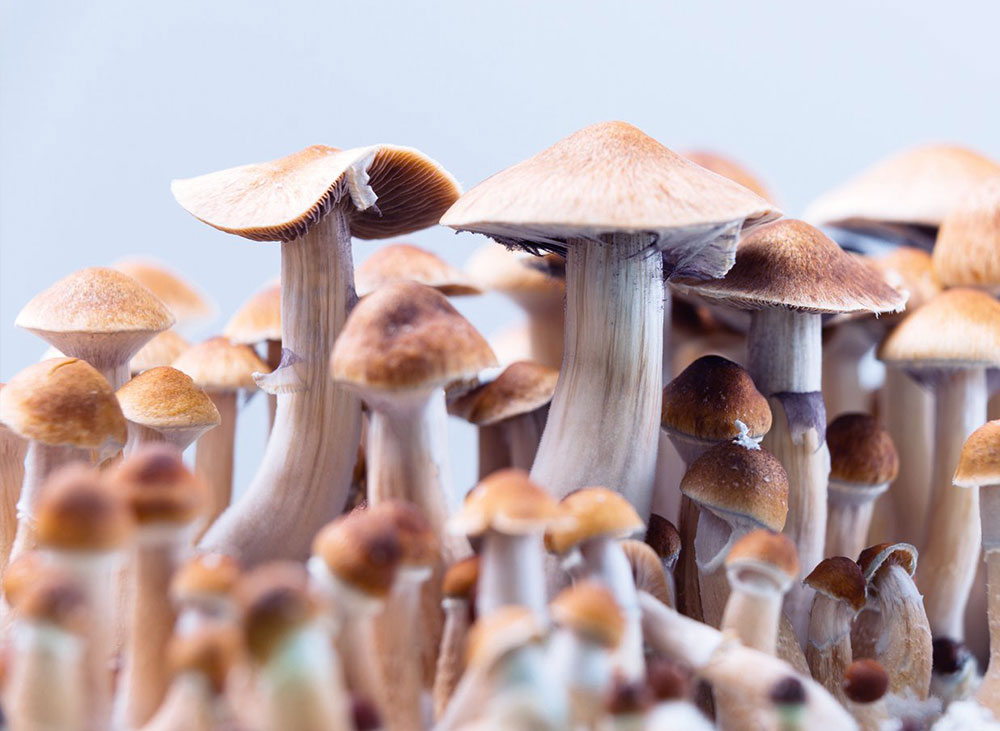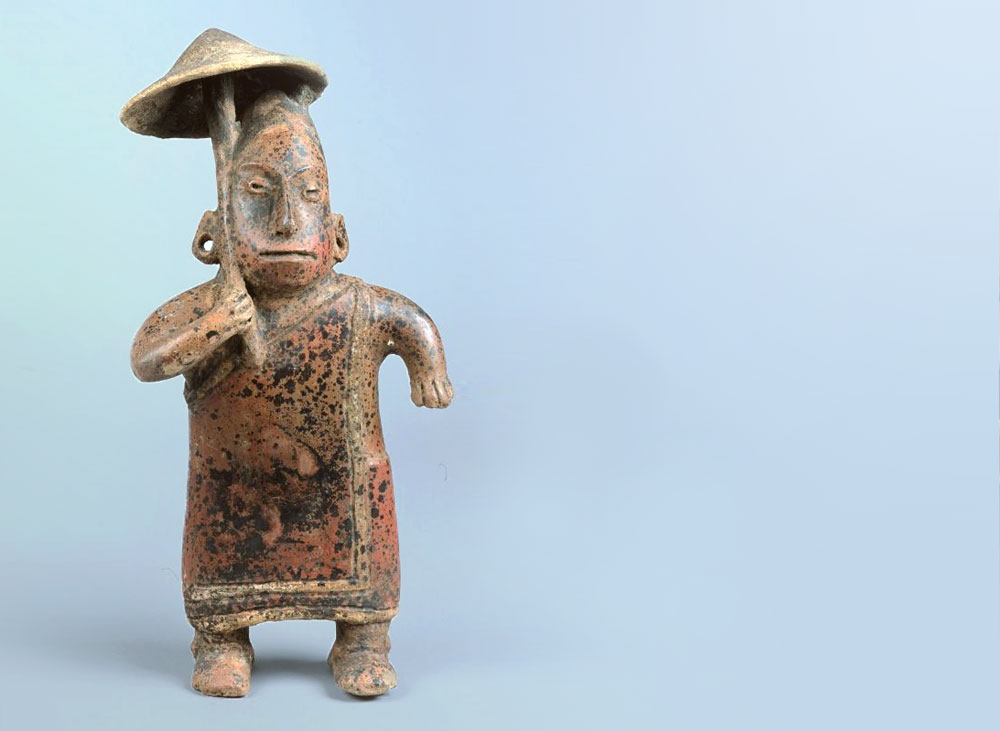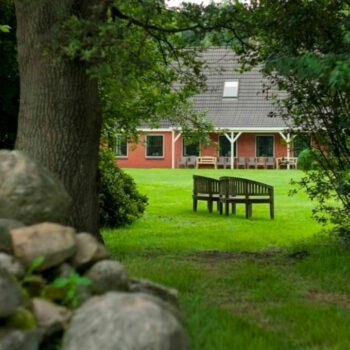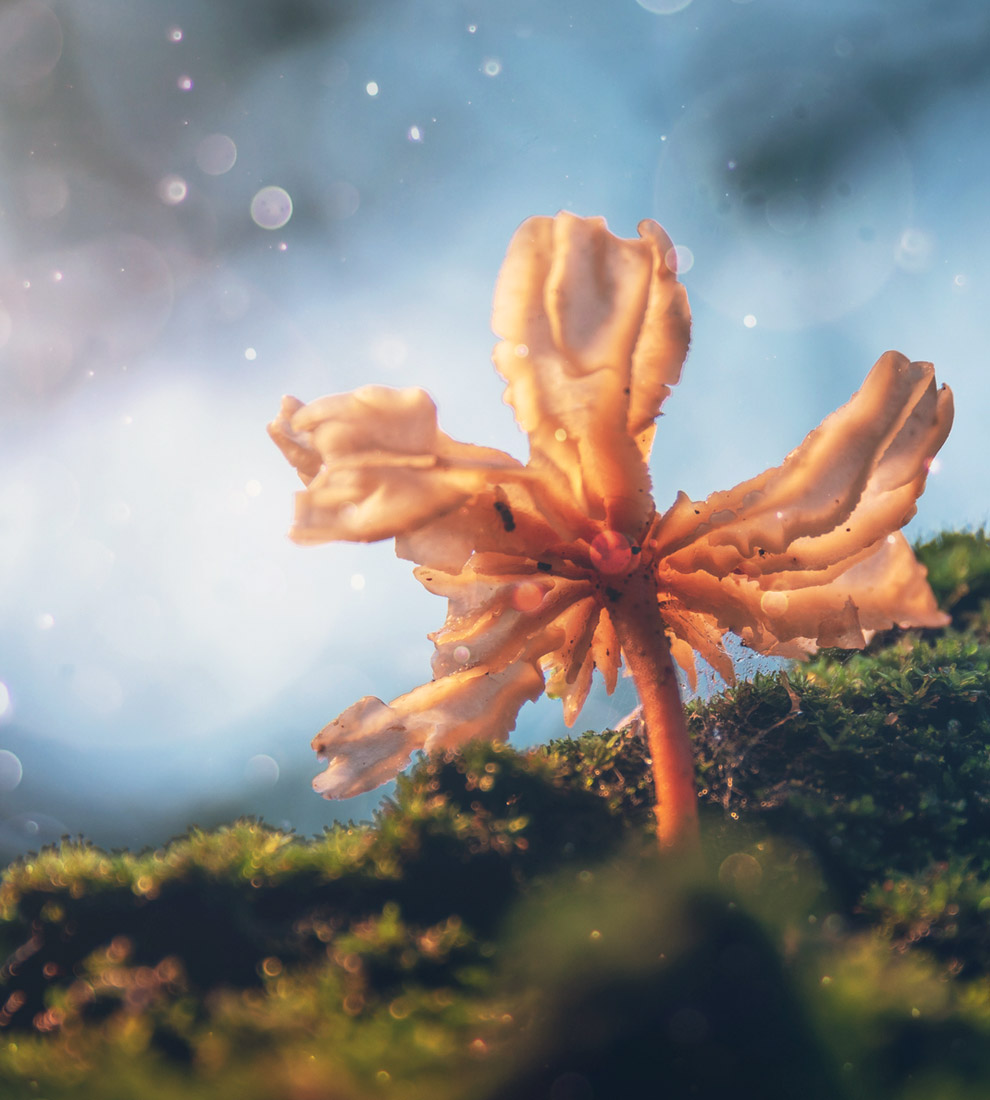What research is being done into psilocybin?
Recognized institutions
For 40 years, researchers have been interested in the links between mental health and depression. These last 15 years have seen some specialized institutions shake up the common preconceptions around psilocybin, despite restrictions that remain in place in many countries. For example, we can cite the work of Imperial College London, Johns Hopkins Center for Psychedelic and Consciousness Research, and the Medical Council of Research in the UK.
Depression
Some researchers have observed positive effects in using psilocybin as a treatment for severe depression, alongside psychotherapy. Just one dose of psilocybin helped some patients achieve an improved state of mind.
Anxiety disorders
Other experiments are ongoing to try to establish a link between taking psychedelic truffles and reducing symptoms of anxiety. One study shows that occasional psilocybin use helps terminal cancer patients reduce their anxiety around death.
Moreover, there are several captivating documentaries on psilocybin and psychedelics available for those wishing to further their knowledge.




